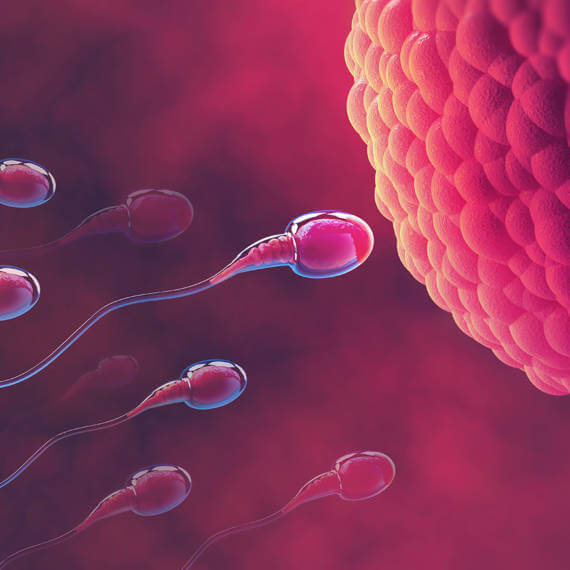Insemination is a procedure facilitating the migration of sperm to the egg in the female reproductive tract. The process consists of selecting progressive spermatozoa from the semen, and inserting them directly to the uterus. The procedure can be performed both during the natural menstrual cycle, and during the stimulated cycle.
Insemination – indications for the procedure
Insemination is used to treat infertility caused by obstruction of the fallopian tubes or poor semen quality. It is performed when:
- Use of semen from a donor is necessary.
- Sexual intercourse cannot take place.
- The woman was diagnosed with mild or minimal endometriosis.
- Structural abnormalities of the cervix were found.
- The woman’s mucus is hostile to sperm.,
- Ovulation disorders are observed.
- The partners suffer from idiopathic infertility.
Insemination procedure – what is it?
Artificial insemination resembles the natural process, as it consists of introducing semen to the reproductive organs of a woman. We distinguish three types of insemination procedures, considering the site where the semen is inserted.
- Intrauterine insemination – the sperm is placed inside the uterus.
- Intracervical insemination – the sperm is placed in the uterine cervix.
- Intratubular insemination – the sperm is placed in the fallopian tube. Presently, it is a very rare technique as intrauterine insemination is less complicated and more effective.
The semen is applied using a special catheter. The procedure is painless, and the patient can go home afterwards. There are no contraindications regarding physical or sexual activity after the procedure. If the insemination results in conception, progesterone is administered in the first weeks of pregnancy, to stimulate the function of corpus luteum.
What tests are required before artificial insemination?
Apart from the basic gynaecological examination, the following tests are required before the procedure:
- vaginal pH,
- thorough assessment of the ovarian reserve (AMH, AFC, FSH, LH, Estradiol),
- recent pap smear, in compliance with the standards of the Polish Society of Gynaecologists and Obstetricians,
- tests for toxoplasmosis and rubella,
- verification of the patency of the fallopian tubes.
Basic semen analysis is also required. Men are serologically tested for:
- HIV 1 and 2 (anti-HIV 1 and 2),
- hepatitis B (HBs, anti-HBc),
- Hepatitis C (anti-HCV-Ab).
Preparation for insemination – what to do before the procedure?
Insemination involves both partners, and both need to receive the necessary tests and prepare for the procedure, although it does not require much effort on any part.
Preparation of the woman
During the insemination procedure, the patient’s bladder should be filled. It facilitates insertion of the thin catheter that delivers the semen into the uterus.
Preparation of the man
3-7 days of sexual abstinence are required before collecting semen for the insemination. The semen should be collected in special room in the assisted reproduction laboratory.
Preparation of the sperm used for insemination
The donated semen must be prepared before it is introduced to the woman’s reproductive organ. Preparation of the semen involves:
- selection and concentration of the sperm demonstrating adequate structure and motility,
- removal of bacteria and immobile sperm,
- elimination of the seminal fluid.
Insemination – effectiveness
The effectiveness of artificial insemination is up to 15%. The success rates raise up to 40% if a few insemination procedures are performed, one in each consecutive cycle. Stimulation of ovulation increases the chances of getting pregnant following intrauterine insemination, but is also associated with a higher risk of a multiple pregnancy.
